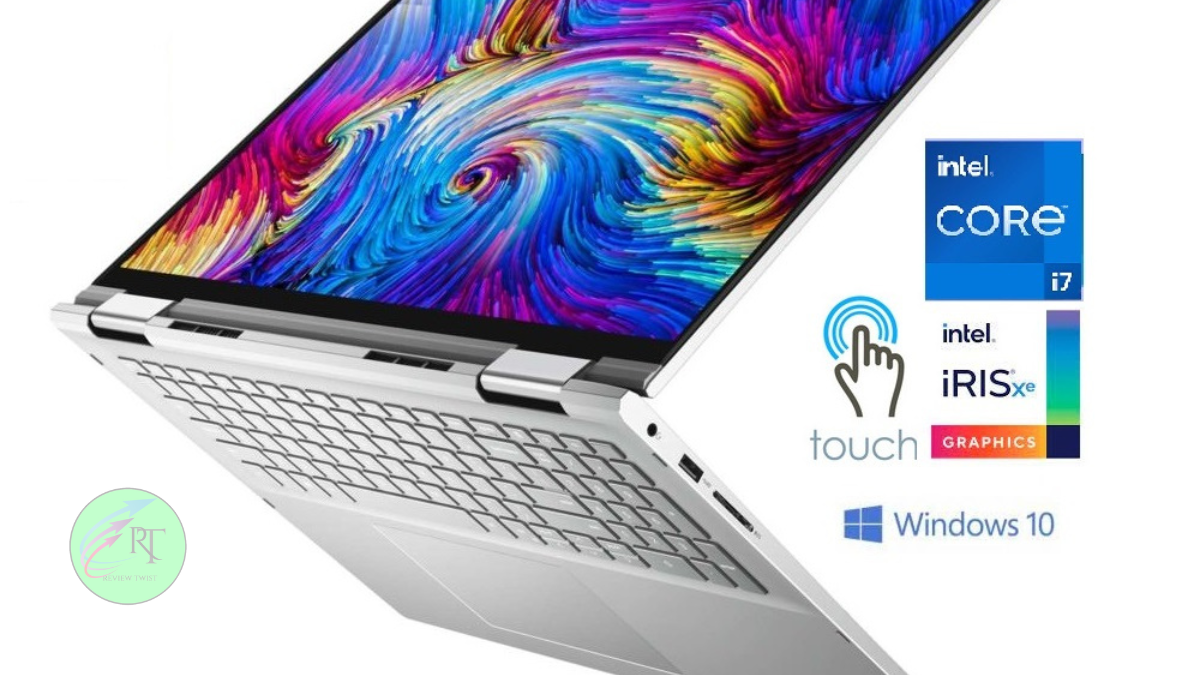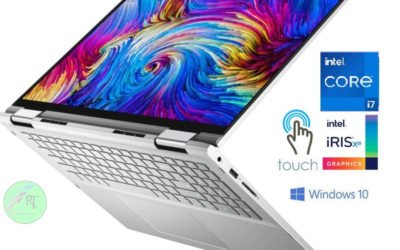Touchscreen Laptops: Everything You Need to Know

Touchscreen technology has revolutionized the way we interact with devices, extending beyond smartphones and tablets to laptops and PCs. Today, a significant number of modern laptops come equipped with “built-for-touch” features. However, one common question remains: Is the added cost of a touchscreen laptop worth it? Does it truly enhance the functionality of the system?
Choosing a touchscreen laptop ultimately boils down to personal preference. To help you make an informed decision, we’ve compiled a detailed breakdown of the advantages and disadvantages of touchscreen laptops.
Advantages of Touchscreen Laptops
1. Faster and More Intuitive System Navigation
Touchscreen laptops allow you to interact with your device by simply tapping or swiping on the screen. The technology relies on resistive or capacitive layers embedded in the screen, which are electrically charged. When you touch the screen, it sends commands to the operating system, which interprets and executes them.
This eliminates the need to scroll and click with a mouse or memorize keyboard shortcuts. You can directly press where you want to go, making navigation faster and more intuitive.
2. Natural User Interface
Touchscreen laptops offer a more user-friendly and responsive interface. By tapping tiles, swiping through menus, or zooming in on specific elements, you interact directly with applications.
Most touchscreen laptops are designed with optimized interfaces, ensuring that even small functions like scroll bars or close buttons are easy to manage. This natural interaction makes using a touchscreen laptop a seamless and enjoyable experience.
3. Enhanced Precision with Stylus Support
For those who work in creative fields, such as graphic design or digital art, a pen-enabled touchscreen laptop can be a game-changer. With a stylus, you can write, draw, or sketch as naturally as you would on paper.
Additionally, many touchscreen laptops can convert handwriting into text, making them ideal for note-taking or brainstorming sessions. This level of precision is particularly advantageous for professionals using design software like Adobe Photoshop or Illustrator.
| Feature | Benefit |
|---|---|
| Stylus Support | Enables precise drawing and writing. |
| Handwriting Recognition | Converts handwritten notes into editable text. |
| Creative Applications | Ideal for graphic design, photo editing, and digital art. |
4. Reduced Need for External Hardware
A touchscreen laptop eliminates the need for additional hardware like a mouse or trackpad. This means less clutter to carry around, especially when traveling.
5. Aesthetic Appeal
Touchscreen laptops are often seen as a premium product due to their higher price point. Owning one can feel like a status symbol, offering a sleek and modern look that stands out in a crowd.
Disadvantages of Touchscreen Laptops
1. Higher Cost
Touchscreen laptops are generally more expensive than their non-touch counterparts. While they offer added functionality, the price increase may not be justifiable for users who don’t need touch capabilities.
For those on a budget, there are affordable options available. For instance, touchscreen laptops under $200 can handle basic tasks like browsing, using web-based apps like Google Docs, or sending emails. However, these budget models may lack the performance needed for more demanding applications.
2. Shorter Battery Life
One of the biggest drawbacks of touchscreen laptops is their higher power consumption. The touch-enabled display requires additional energy, which can drain the battery faster.
On average, touchscreen laptops have about 25% less battery life compared to non-touch models. For professionals who are frequently on the go, this could mean more frequent charging sessions, which may not always be convenient.
| Comparison | Touchscreen Laptop | Non-Touch Laptop |
|---|---|---|
| Battery Life | ~6 hours | ~8 hours |
| Power Consumption | Higher | Lower |
3. Increased Thickness and Weight
Touchscreen laptops are typically thicker and heavier than their non-touch counterparts. While the difference in weight may not be significant, the added bulk can be noticeable, especially for users who prioritize portability.
4. Smudges and Fingerprints
Every time you touch the screen, you’re likely to leave smudges and fingerprints behind. Over time, this can make the screen look messy and reduce visibility. Regular cleaning becomes a necessity, which can be inconvenient for some users.
Is a Touchscreen Laptop Right for You?
Whether or not a touchscreen laptop is worth the investment depends on your specific needs and preferences. Here’s a quick guide to help you decide:
| Use Case | Recommendation |
|---|---|
| Creative Professionals | A touchscreen laptop with stylus support is ideal for design and art applications. |
| Frequent Travelers | Consider the added weight and shorter battery life before purchasing. |
| Budget-Conscious Users | Look for affordable touchscreen models for basic tasks like browsing and emails. |
| General Productivity | If you prefer intuitive navigation, a touchscreen laptop can enhance your workflow. |
Final Thoughts
Touchscreen laptops offer a range of benefits, from faster navigation to enhanced precision for creative tasks. However, they also come with drawbacks like higher costs, shorter battery life, and the need for regular cleaning.
Ultimately, the decision to invest in a touchscreen laptop should be based on your individual requirements and how you plan to use the device. If you value convenience, aesthetics, and advanced functionality, a touchscreen laptop could be a worthwhile addition to your tech arsenal.
For those who prioritize affordability and battery life, a non-touch laptop might be the better choice. Either way, understanding the pros and cons will help you make an informed decision that aligns with your needs.
So, are you ready to embrace the world of touchscreen laptops, or will you stick to the tried-and-true non-touch models? The choice is yours!




